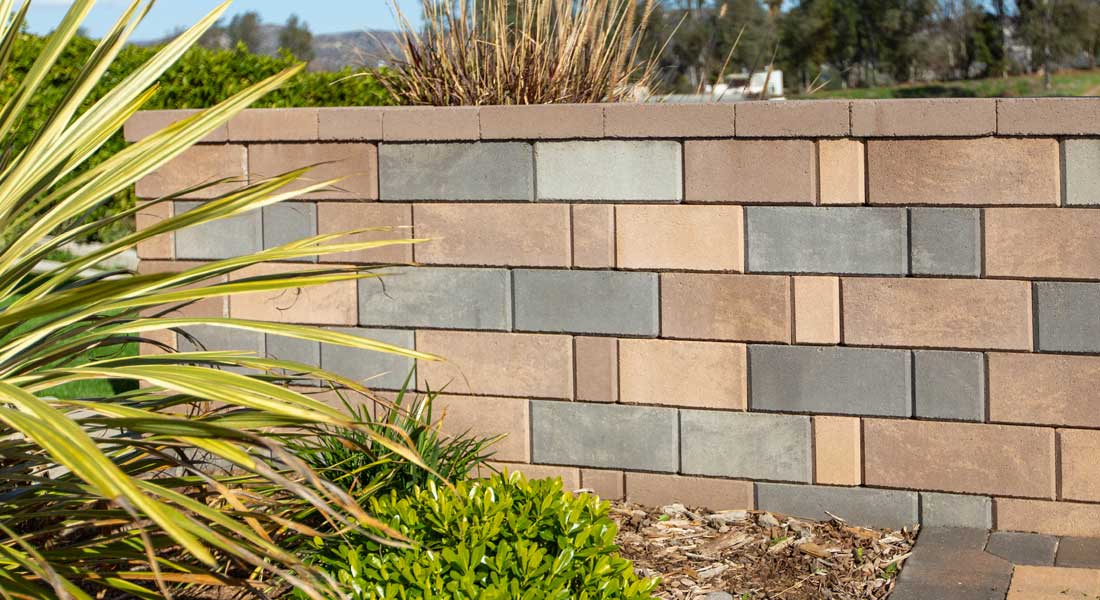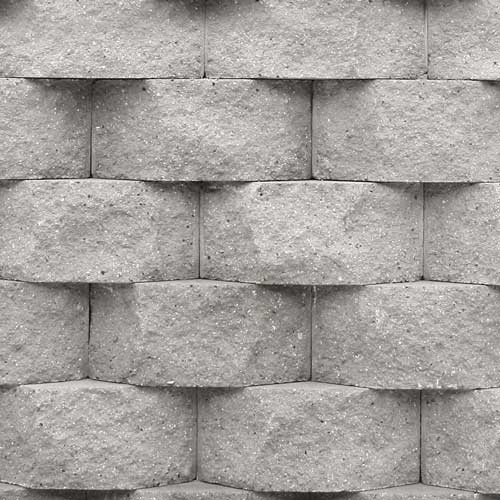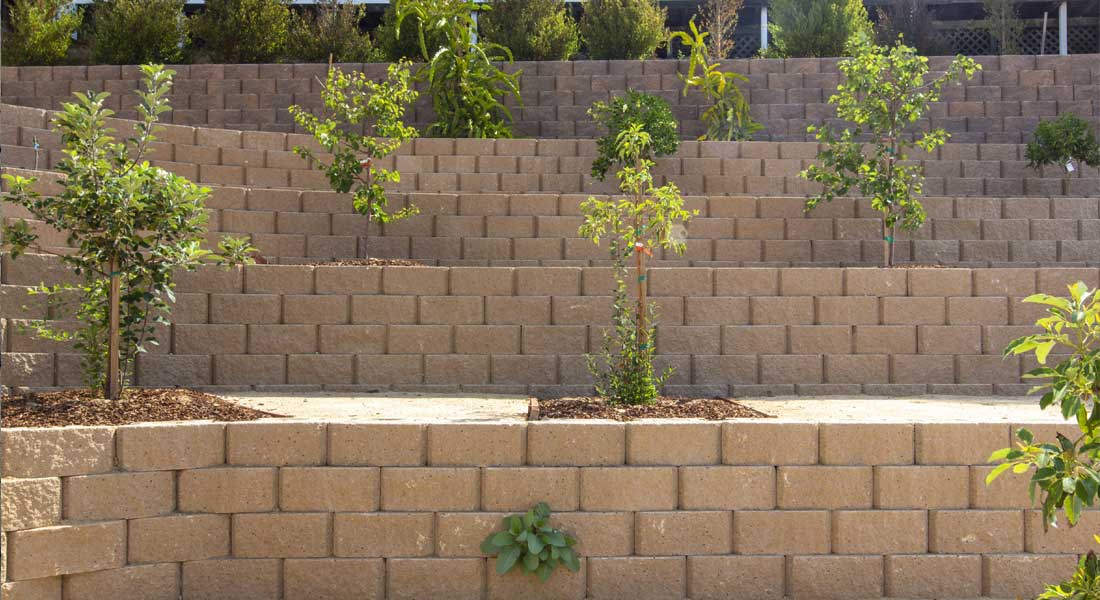Mortared Concrete Block Retaining Wall Vs Srw

Earthworks retainers work on standard concrete block and create a mechanical connection with geogrid making it a winning combo for strength and longevity.
Mortared concrete block retaining wall vs srw. Although type s mortar must have a minimum compressive strength of 1 800 psi it is often mixed for strengths between 2 300 and 3 000 psi. The concrete used to fill the block voids must have small gravel so it can flow readily into all the narrow voids. Masonry adhesive vs mortar what you ll use depends on the build. Pavestone home depot only has a lip which keeps it in place and ensures that each course steps back a bit.
Poured concrete foundation walls are arguably stronger than cinder block foundation walls. You don t need mortar with a stone retaining wall. Build beautiful and durable retaining walls at an astonishingly low cost. When there s little danger of weight bearing brick or stone sagging then adhesive or glue is a nice minimalist east to apply option.
The only indicator is that srw are meant for low walls but i m not sure about mortared stone. Since 1987 versa lok has been creating solid solutions for architects and engineers with the industry s original solid top pinning segmental retaining wall system. They weigh 40 to 100 lbs. After the concrete blocks are laid the voids can be filled with a cement based mortar or poured concrete that contains small pea gravel.
The stone is split at the quarry either 8 in. The structural capacity of the srw system will vary with the srw unit size shape batter etc. But i couldn t find online whether srw blocks or mortared real stone is stronger. Type s is the common choice for many below grade applications such as masonry foundations manholes retaining walls and sewers as well as at grade projects like brick patios and walkways.
As with a concrete block wall build a firm gravel base and ensure good drainage. It works great on thin brick or stone walls like an exterior brick veneer. Less building material is required for a cantilevered wall than a gravity wall and they can be poured on site or manufactured at a precast concrete facility. Without joints poured walls possess a greater lateral strength which essentially means they have a greater ability to resist pressure presented by water and the soil.
Simply stack them in rows or mix heights within a row for a random look. Manufacturer s recommendations should be followed regarding the capacity of their particular system for the soil loads under consideration. Adhesive works really well in non sag situations. Wide and at several lengths and heights.
Srw is not mortared but some brands are interlocking. Water and weather wear down the mortar over time and can causes leaks.














































